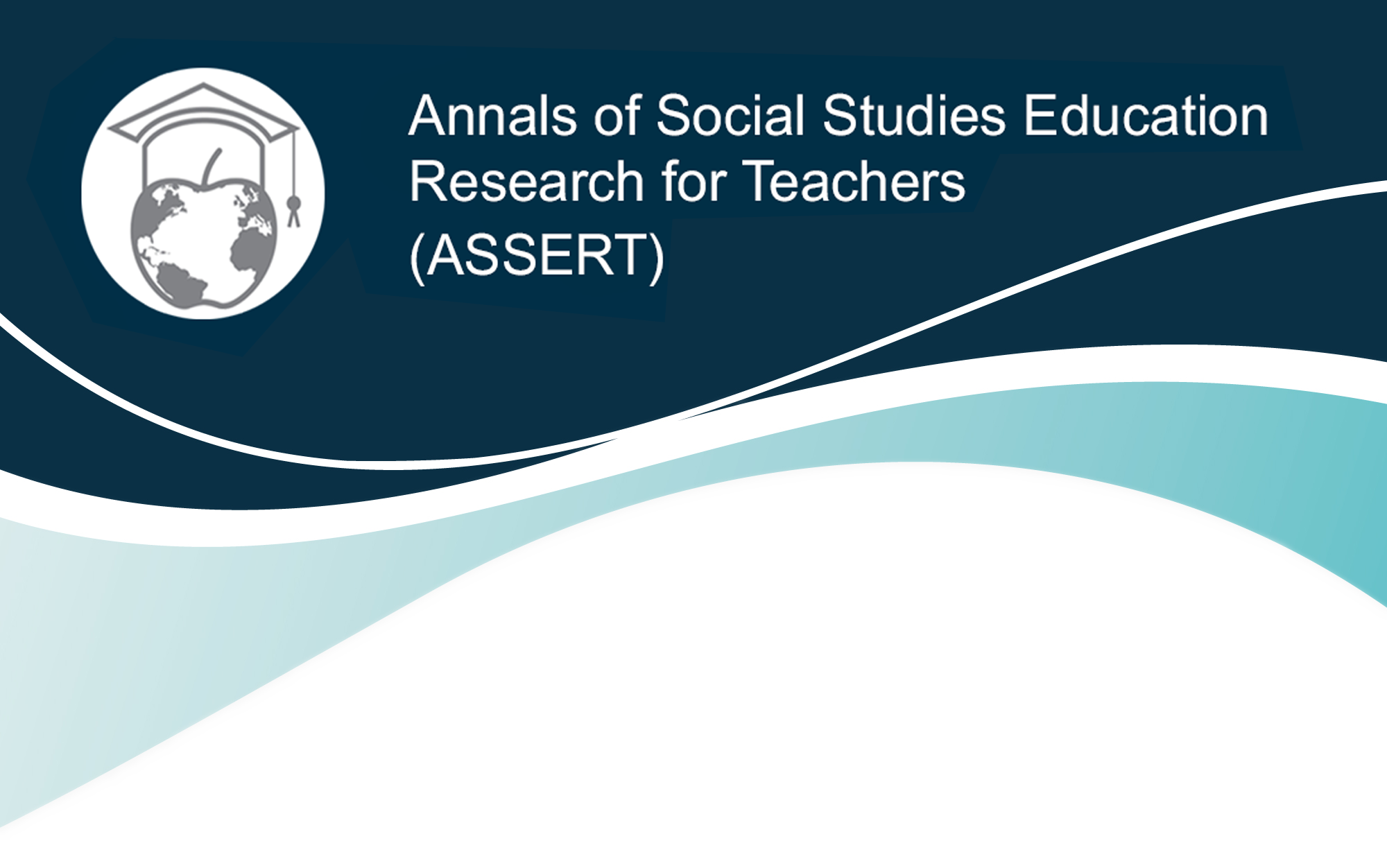
About the Journal
We know that social studies teachers are dedicated to their craft and always looking for ways to improve those practices. Teachers tell us that they would like to make use of research that illustrates powerful social studies teaching and learning, but that they don’t have access to the research, don’t have time to read it, or find it too difficult to digest.
Here at ASSERT we want to break down these barriers for you. On our site, you will find easily digestible, relevant, well-written, summaries of the best published social studies research the profession has to offer with practical advice on how to implement these ideas in your classroom.
Each article is blind peer-reviewed by two professionals, a scholar with expertise in the field and a practicing social studies teacher. These reviewers help to ensure that the summaries you read are of the highest possible quality, that they accurately represent the research, and that they provide teachers with practical advice they can use to take their teaching to the next level. They are published with a Q & A that poses five questions (generated by teachers and teacher educators) about the author’s article.
Best of all, we provide you with access to these articles free of charge. We are a collective of social studies teachers and teacher educators dedicated to the profession and to hard-working teachers like yourself. You and your students should have the best new ideas, research, and practices available to you. Now, you have it at your fingertips. The Annals of Social Studies Education Research for Teachers welcomes you to join us in this new and exciting venture.
Current Issue

This issue of ASSERT offers teachers insight into teaching practices with simulations and simulation games. This issue begins with a commentary from the editors, Evers and Wright-Maley, which offers cautionary advice on the limits of simulations, including their potential for harmful misuse and how teachers might anticipate and avoid these issues. The second article by Paulson and Albrecht provides readers with insight into their design process for creating a simulation that is accessible to students with an array of learning needs. In the third article, Hicks, Ogle, and van Hover offer teachers a glimpse into the use of extended reality simulations for promoting historical thinking about hard and hidden histories, as well as advice on the importance of contextualization, scaffolding, and how it may be used effectively in ways that balance critical analysis while avoiding role-playing traumatic events. Finally, Kessner and Harris’s article demonstrates the value and limitations of a made-for-school video game and how simulations may require teachers to create wraparound classroom activities for students to get the most out of them. Taken together, these articles offer teachers important guidance for how to work most effectively with simulations.
Photo by Priscilla Du Preez on Unsplash




